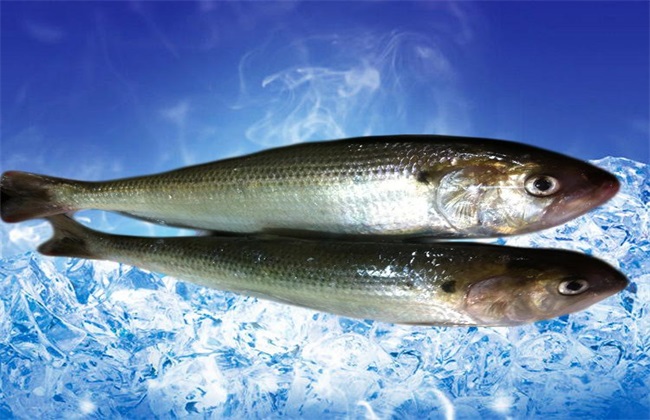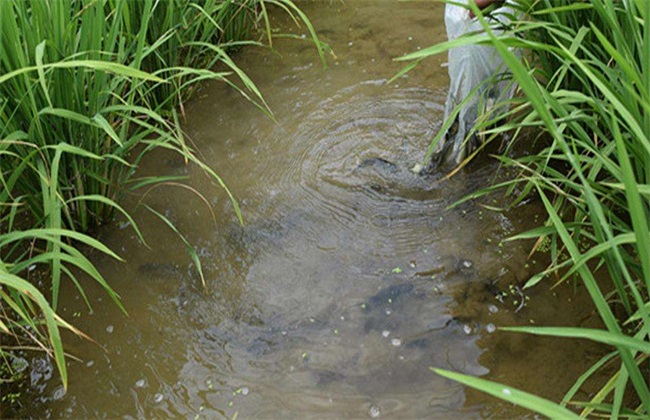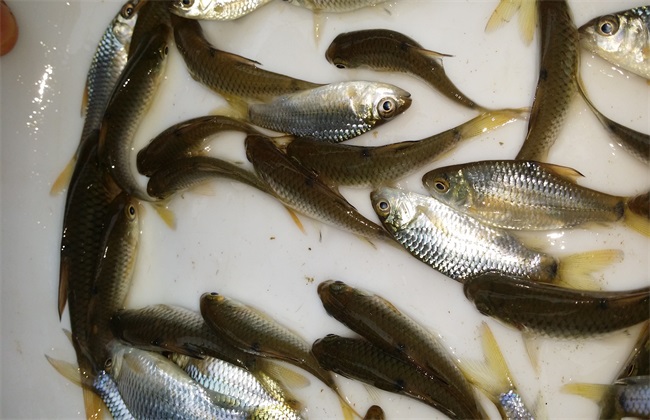Matters needing attention in shad culture
Shad is a kind of very rare and valuable economic edible fish in China, and it is also known as the treasures in the south of the Yangtze River. Shad is mainly distributed in the South China Sea, East China Sea, Yangtze River, Pearl River, Qiantang River and other areas. The shad has been listed as an endangered animal in China, so it shows that the shad we see in the market are basically farmed. So in the process of breeding shad, what problems should we pay attention to in order to raise shad well? The following is the editor's arrangement of a few points for attention in shad culture, we can simply understand.

1. Disinfection of fish ponds
In shad culture, we should first choose a suitable culture site, and then build a culture pond. After the aquaculture pond is built, many people will release seedlings and raise seedlings directly, but this is wrong. In general, we need to sterilize the culture pond with bleach or quicklime before releasing the seedlings, discharge the old water after disinfection, inject new water, add biological bait to the culture pond, and then carry out trial culture before releasing fish fry.
2. Density
The density of shad culture is a problem that we need to pay attention to when stocking fish fry. Many people do not know how many shad can be raised in an acre of pond. Reasonable stocking density can ensure the survival rate of shad culture. in general, we need to be equipped with an aerator to increase some oxygen appropriately during stocking. The number of shad fry per mu is about 1500.
3. Water depth
When the shad fry are first released, the water depth in the pond had better be adjusted to about 1.5 meters. After the shad fry have adapted slightly to the environment, the water depth can be increased to about 1.7 meters. At the end of the culture, the water depth in the culture pond is generally two to two meters, especially in summer and winter. We should pay more attention to the water level in the pond, otherwise it is easy to die of hypoxia in summer and freeze to death in winter because the temperature is too low.
4. Water temperature
Shad is very sensitive to water temperature. Too low or too high temperature will affect the normal growth of shad. When we release seedlings, the water temperature must reach at least 17 degrees, and the best stocking temperature is 20 to 25 degrees. During the growth of the shad, it is best to keep the water temperature in the culture pond between 22 and 32 degrees. When the water temperature is 15 degrees, the activity of the shad slows down; when the temperature reaches 13 degrees, the shad will die, that is, the lowest temperature should not be lower than 14 degrees.
5. Water quality
When breeding shad, we also need to pay attention to the regulation and management of water quality. After feeding ten thousand, we should clean up the remaining feed residue in time so as not to pollute the water quality. The second is to change the water every half a month, and keep 1/3 of the old water each time. Can also be in the culture pond dialect of some other aquatic animals and planting water chestnut, lotus root and other aquatic plants, can also achieve the role of purifying water quality.
6. Feeding
Shad is an omnivorous fish, but it mainly uses plant feed, followed by some water plankton and small fish and shrimp. When we breed, we should feed nutritionally mainly with plant feed and supplemented by animal feed. When feeding, we also need to pay attention to that the shad is fed in stages, and its food intake is generally very large in spring, so the feed should be large and need to be replenished constantly; in summer, the amount of feed can be reduced slowly; in autumn, it only needs to be fed during the day; it is even less in winter.
In the future, when we raise shad, we must pay attention to these points mentioned above. Of course, there is no improvement in daily management, disease prevention and treatment, which also need to be paid attention to.
Related
- On the eggshell is a badge full of pride. British Poultry Egg Market and Consumer observation
- British study: 72% of Britons are willing to buy native eggs raised by insects
- Guidelines for friendly egg production revised the increase of space in chicken sheds can not be forced to change feathers and lay eggs.
- Risk of delay in customs clearance Australia suspends lobster exports to China
- Pig semen-the Vector of virus Transmission (4)
- Pig semen-the Vector of virus Transmission (3)
- Five common causes of difficult control of classical swine fever in clinic and their countermeasures
- Foot-and-mouth disease is the most effective way to prevent it!
- PED is the number one killer of piglets and has to be guarded against in autumn and winter.
- What is "yellow fat pig"? Have you ever heard the pig collector talk about "yellow fat pig"?



